Kneading: The Paws at Work
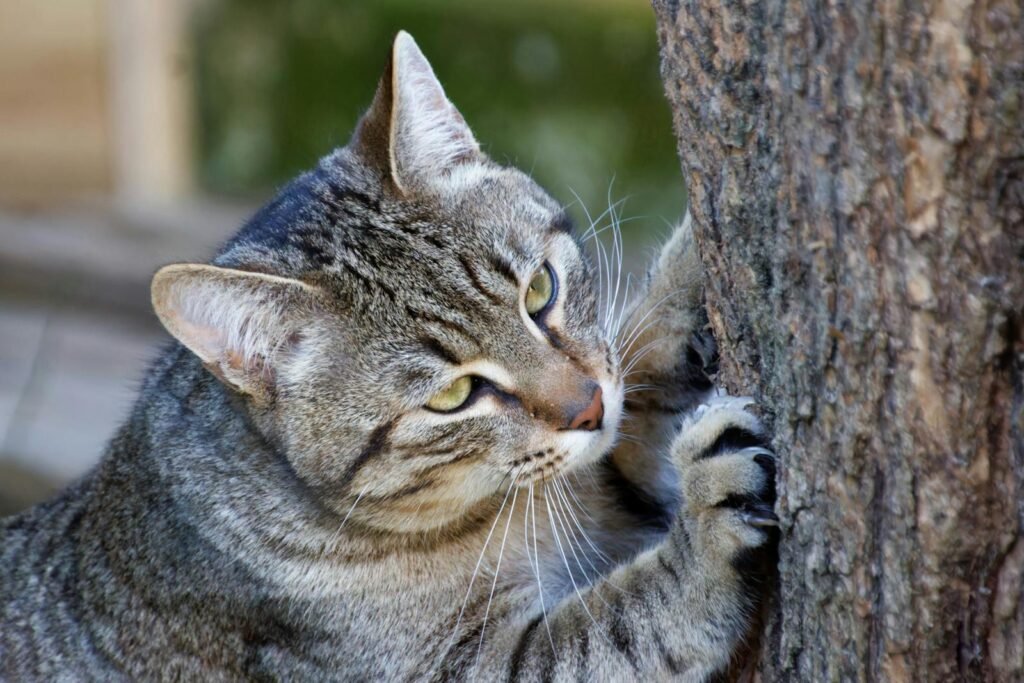
One of the most commonly observed behaviors in cats is kneading, where they press their paws alternately against soft surfaces like blankets or even humans. This behavior harks back to their kittenhood when they would knead their mother’s belly to stimulate milk flow. In adulthood, kneading is a comforting behavior and a way for cats to mark their territory using scent glands located in their paws.
Chattering: The Vocal Hunter

Cats often exhibit a rapid chattering sound when watching birds or small animals outside. This behavior is believed to be a reflexive response driven by their hunting instinct. The chattering could signify excitement or frustration at being unable to reach the prey or it might mimic the sound of their natural prey.
Zoomies: Sudden Energetic Outbursts
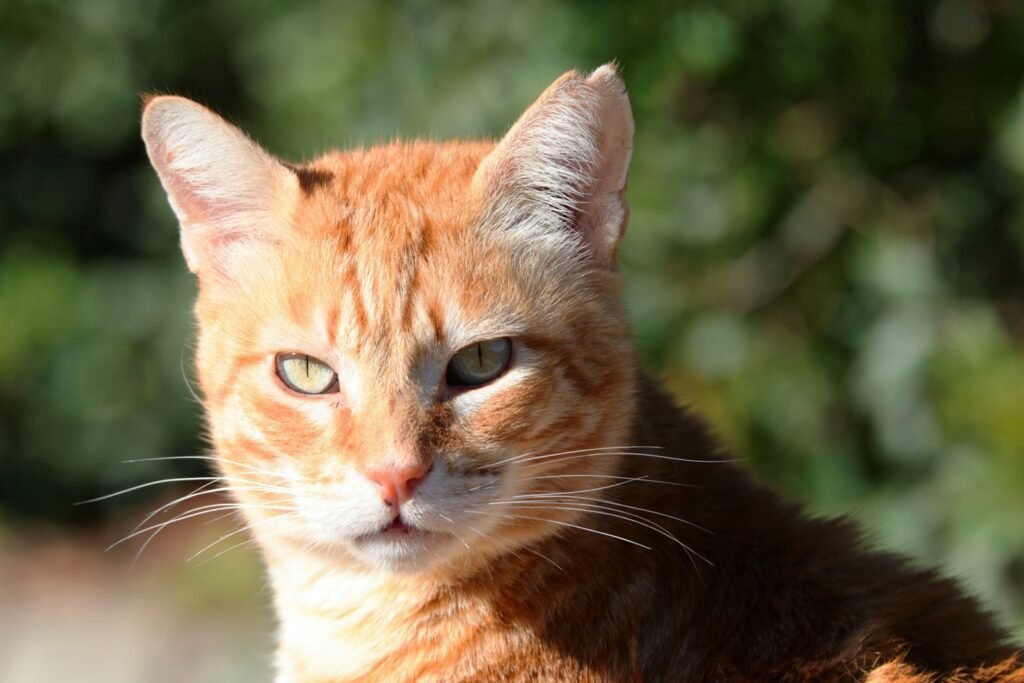
These frantic episodes of running around the house, often occurring late at night, are known as ‘the zoomies.’ Cats, especially young ones, have bursts of energy that they need to expend, much like children do. In adult cats, zoomies may occur after using the litter box or during playtime, reflecting their instinctual pent-up energy release.
Head Butting: A Sign of Affection
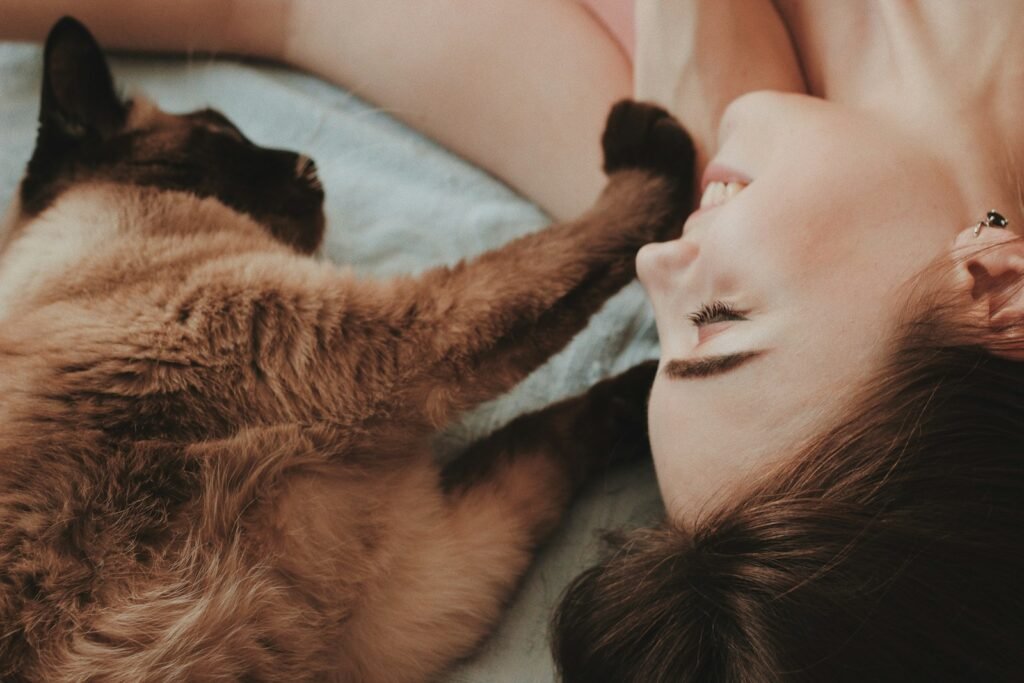
When a cat rubs its head against you, it’s not a sign of aggression, but rather a gesture of affection and marking. Cats have scent glands around their face, and when they head butt or rub against you, they’re marking their territory and indicating trust and companionship.
Tail Twitching: Expressive Communication
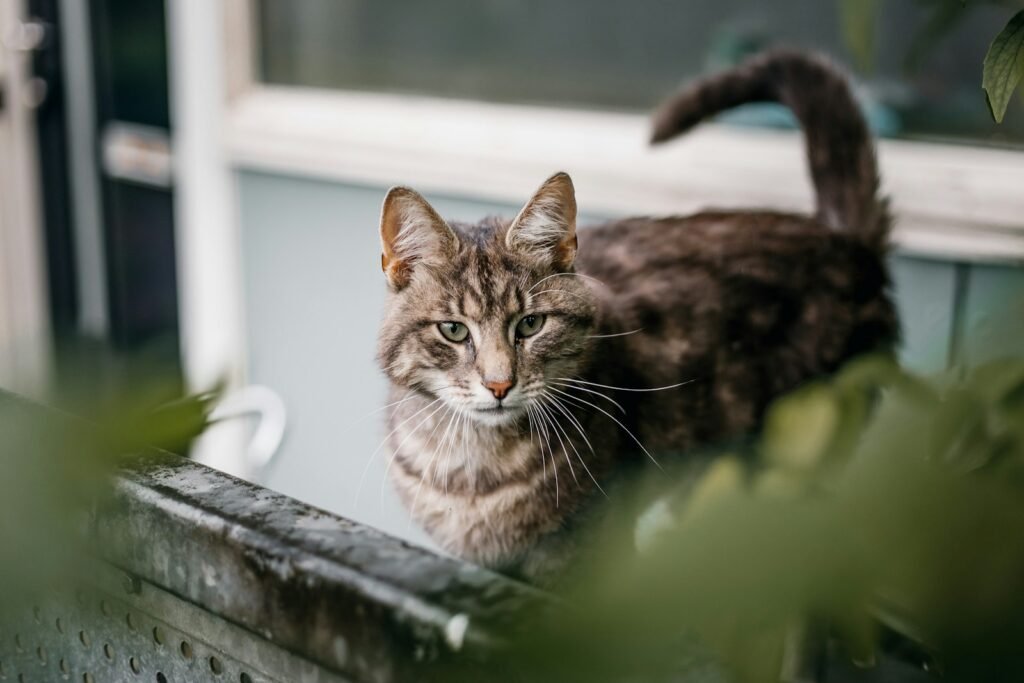
The tail is a communicative tool for cats, and its movements can indicate a lot about their mood. A slow, gentle twitch might indicate contentment, whereas rapid tail flicking can be a sign of irritation. Understanding these subtle cues helps in interpreting what your feline friend is communicating.
Knocking Things Over: The Curious Explorer

Cats’ knack for knocking things off tables can be mystifying. This behavior is rooted in their instinct to explore and understand their environment. By batting objects, they’re honing their hunting skills, and perhaps also seeking attention from their owners.
Cat Loaf: The Comfortable Perch
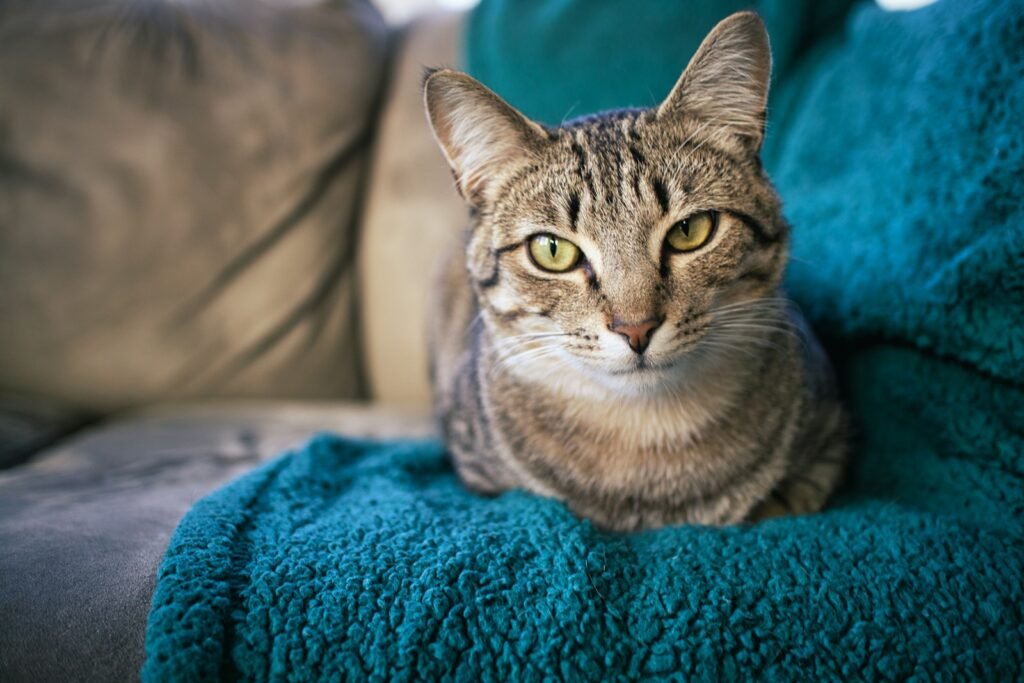
When a cat tucks its paws underneath its body and resembles a loaf of bread, it’s a sign of comfort and contentment. In this position, cats are relaxed and at ease with their surroundings, feeling safe enough to let their guard down.
Eyes Half Closed: Trusting You
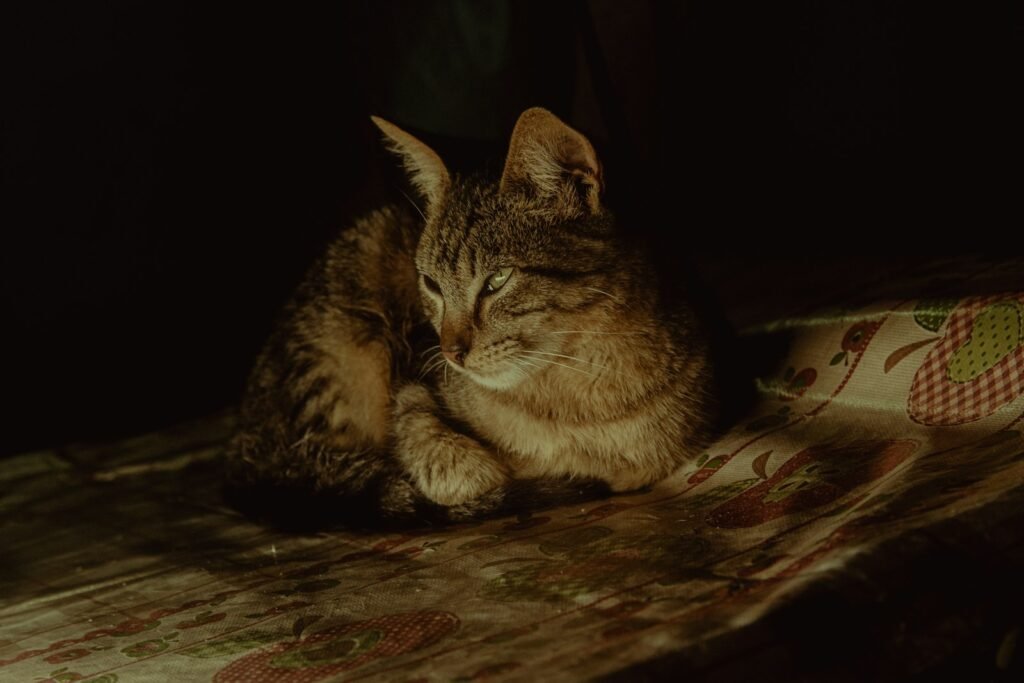
When cats slowly blink or keep their eyes half-closed in your presence, they’re demonstrating trust. In the wild, a cat would never let its guard down by closing its eyes around potential threats. This behavior is a way of communicating that they feel safe and secure with you.
Covering Poop: Instinctual Survival Skill
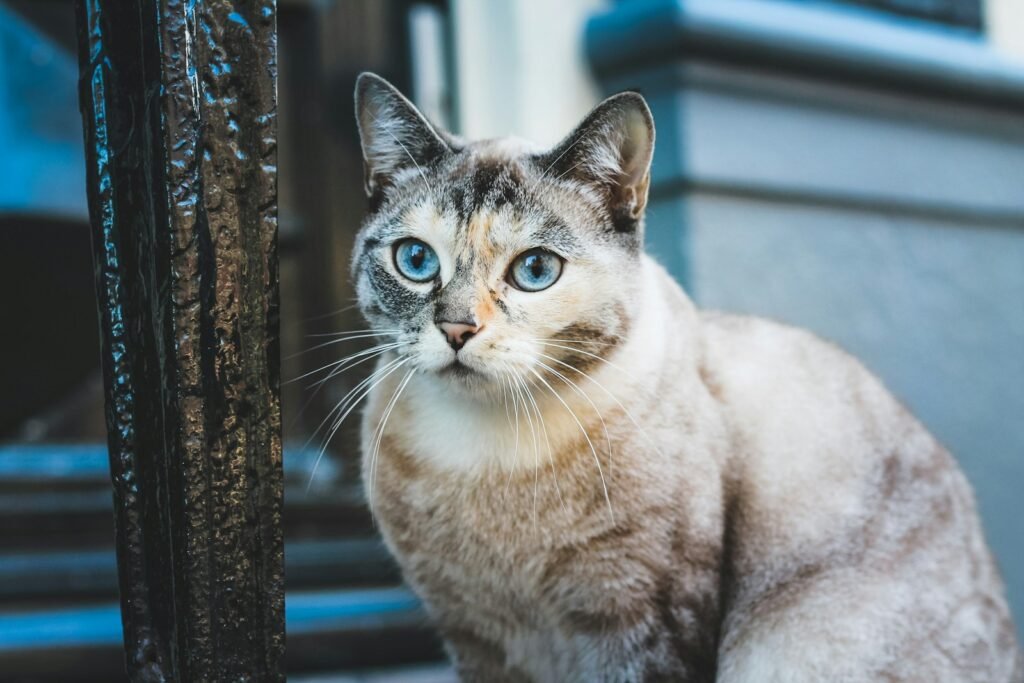
Domestic cats, like their wild ancestors, often cover their feces instinctively. This behavior stems from the need to conceal their presence from predators by hiding their scent. It’s a survival tactic that has been passed down through generations.
Nibbling Plants: Dietary Diversification
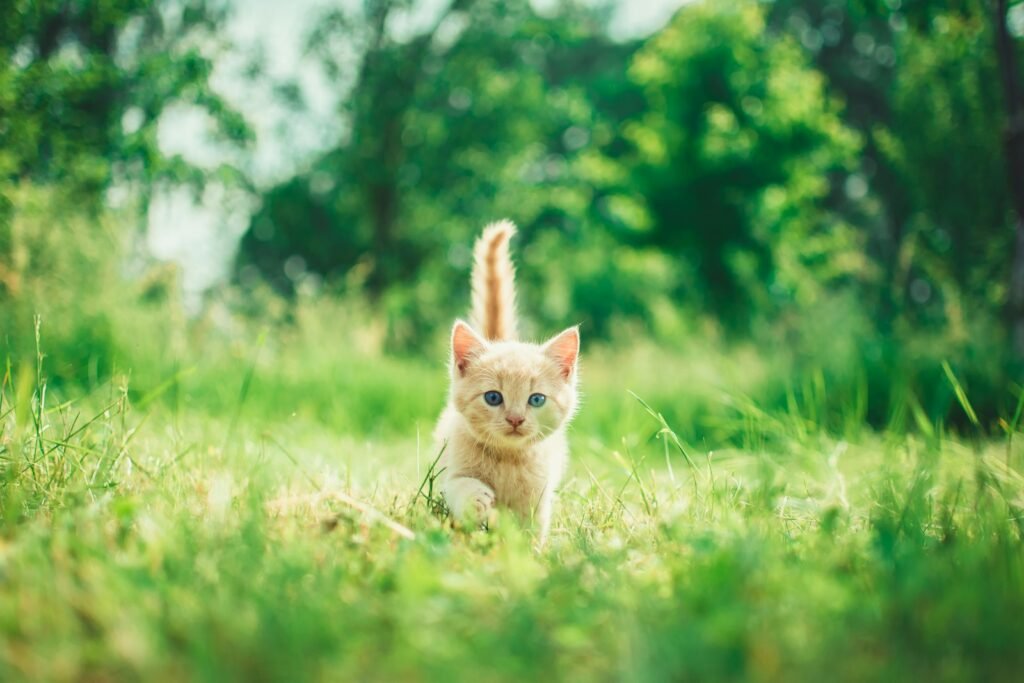
Many cat owners notice their feline friends nibbling on grass or household plants. While it might seem strange, this behavior is thought to aid digestion or help with hairball elimination. However, ensure any accessible plants are non-toxic to cats.
Ignoring You: Independence Assertion
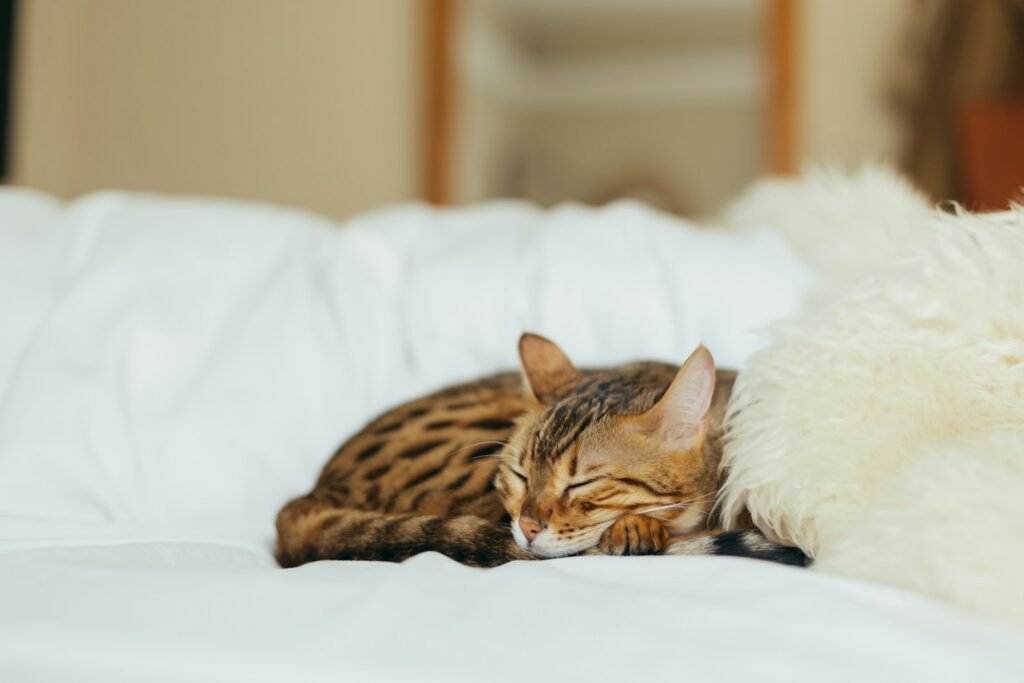
Cats are independent by nature and enjoy spending time alone, unlike dogs. Ignoring their owners isn’t a sign of malice but an expression of their self-sufficient personality. They need their own space and downtime to recharge.
Licking You: A Gesture of Bonding
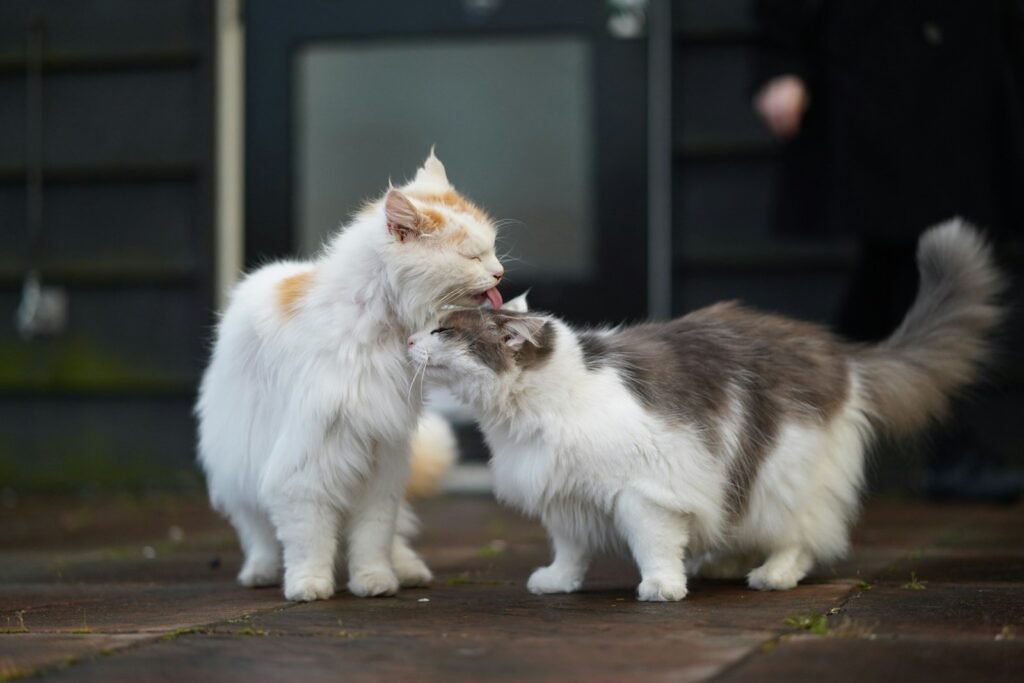
Cats often groom each other as a form of social bonding, and when they lick you, they are displaying affection and treating you as part of their family. This grooming behavior helps in creating social bonds and can be seen as a compliment.

Growing up traveling and experiencing new cultures and wonders, I have had a passion for nature, adventuring, photography, and videography. I am currently working towards a BSc in Biodiversity and Ecology at Stellenbosch University, and I hope to specialise in Marine Sciences one day.
Please send any feedback to Feedback@animalsaroundtheglobe.com






